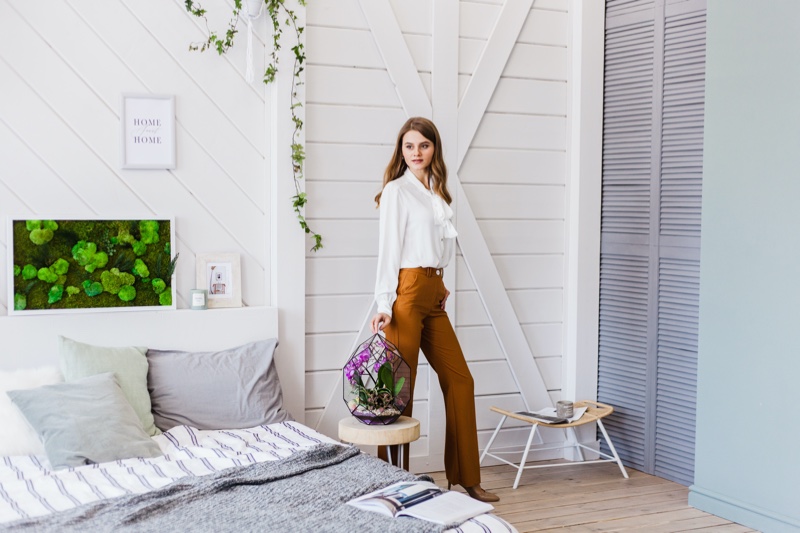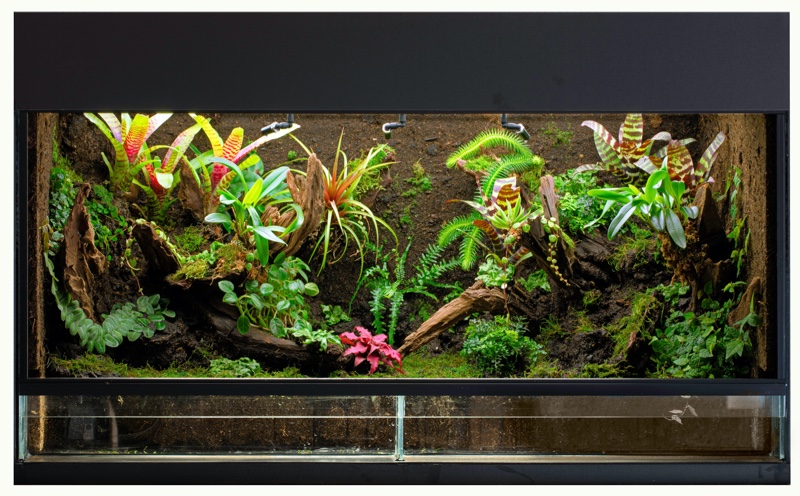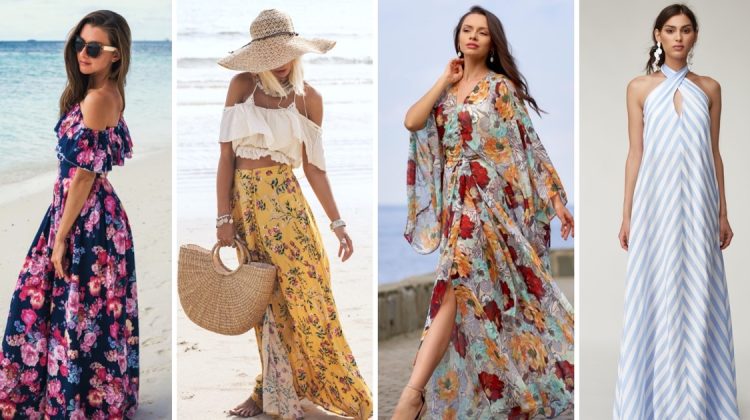
We all want to live in a beautiful home, but sometimes it can be hard to know where to start. Creating a minimalist ecosystem is a great way to add some beauty to your space. There are many different types of ecosystems that you can create, each with its own unique set of benefits. This article will discuss four types of minimalist ecosystems: aquariums, terrariums, ripariums, and paludariums. We will talk about the benefits of each one and give you some tips on how to get started! So, if you are interested in one or more of these options, keep reading to learn more.

Aquariums
Aquariums are a type of minimalist ecosystem that is made up of water and plants. They are often used to house fish but can also be home to other aquatic creatures, such as frogs and turtles. There are many different types of aquariums, but the most common ones are freshwater and saltwater. Freshwater aquariums are typically easier to care for than saltwater aquariums, so they are a great option if you are new to this ecosystem.
In addition, there are also many different sizes of aquariums, so you can choose one that fits your space and needs. Usually, the size of your aquarium will depend on the number and size of the fish you want to keep. If the fish are little schooling fish, 4-6 small freshwater fish can be housed in a 10 gallon tank with sufficient filtration and protection from decorations. On the other hand, if you want to keep larger fish, such as goldfish or koi, you will need a much larger tank.

Terrariums
Terrariums are another type of minimalist ecosystem that can be used to add beauty to your home. They are usually made up of plants and soil but can also include rocks, sand, and water. Terrariums can be either open or closed, but closed terrariums are more common because they create a microclimate ideal for plants. One of the benefits of terrariums is that they are low-maintenance, so they are a great option if you don’t have much time to care for your ecosystem.
In addition, terrariums can be made in various sizes and shapes, so you can choose one that fits your space and needs. Remember that closed terrariums will need to be opened periodically to allow air circulation.
Ripariums
Ripariums are a type of ecosystem comprised of water and plants. They are similar to aquariums but often include land features, such as rocks and sand. Also, they differ from aquariums because the plants are usually grown above the water rather than in it. A riparium’s primary goal is to replicate a little riverbank or coastline.
This means that the plants and animals included in a riparium should be those that would naturally live near a body of water. For example, some common plant species used in ripariums are ferns, bromeliads, and mosses. As for animals, you could include fish, shrimp, or crayfish. In addition, it is essential to mention that ripariums can be fresh or saltwater.

Paludariums
Another name for paludarium is aqua-terrarium. To put it another way, a paludarium is essentially a terrarium with a body of water. This biotope, which includes aquatic and terrestrial characteristics, is well-liked by aquatics fans. Paludarium enables the recreation of wetland or rainforest regions. It is a high-humidity enclosure for the care of aquatic, submersible, coastal, and terrestrial plants and animals. For example, you could have a freshwater aquarium with land features, such as rocks and sand, and plants that grow both in and out of the water.
As for animals, you could include fish, amphibians, reptiles, and mammals. In addition, you could also have insects, such as crickets and mealworms. Paludariums can be either open or closed but closed paludariums are more common because they create a microclimate ideal for plants and animals.
As you can see, there are many different types of ecosystems that you can choose from to add beauty to your home. Each type of ecosystem has its unique features and benefits. So, take some time to think about which one would be the best for you and your space. And don’t forget to include plants and animals native to your chosen ecosystem. Doing so will create a more natural and beautiful environment for you and your ecosystem.




